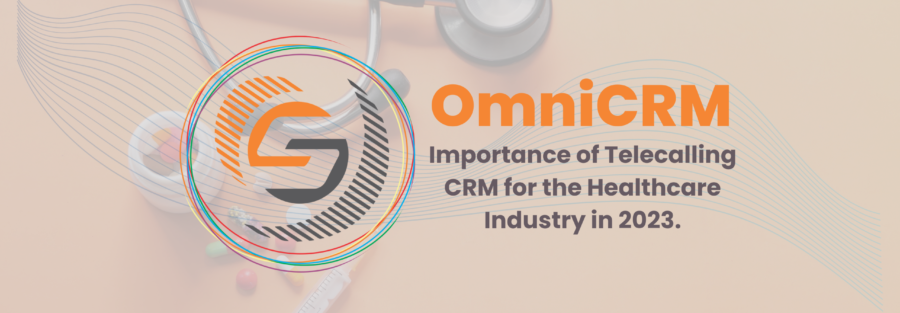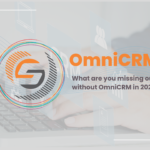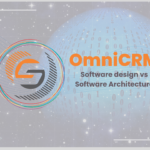The current market dynamics show an increasing and predominant tech adoption that is centered around customer service.
Health care providers must consider the customer experience based on telecalling CRM and develop strategies to improve and sustain customer satisfaction.
The growing popularity of healthcare that is based on consumer preferences and the rising demand of consumers for accurate and reliable health care.
Prompt resolution of issues is forcing health providers to focus on front-office systems to improve processes and improve customer satisfaction. Many health care providers have discovered that the old methods of business seldom promote positive relationships with customers.
Telecalling CRM can be described as more of a process rather than a collection of tools. Telecalling CRM is a customer-centric business strategy that is designed to maximize the profitability of a business and improve customer satisfaction. In order to achieve success with telecalling CRM healthcare organizations need to promote behaviors and follow through with processes, applications and technology that help coordinate customer interactions across all channels of communication channels. OmniCRM gives health care organizations the chance to enhance their existing relationships as well as establish new long-term customer relations.
OmniCRM transformation starts when a healthcare company decides to be more customer-focused and address their IT needs and the requirements and the (people process and people) essential to change the business. Executing these strategies require long-term planning as well as synchronization with market trends and commitments to resources. In order to establish the basis for a major shift in the behavior of customers, healthcare organizations need to have integrated systems as well as have common channels for customer interaction. To achieve true transformation in business, health care institutions will eventually have to face the challenge of redesigning their processes, cultures, as well as their IT environment.
Telecalling CRM technology provides better customer insights, greater customer accessibility, more efficient interactions, and integrates across all channels of customer service and back-office corporate functions. OmniCRM is designed to have a strategic business approach focused on customer segments that encourages customers to be satisfied and implements customer-centric processes.
The Three Key Business Processes of our CRM
OmniCRM is comprised of the following three key business processes:
- Sales, also referred to by the term technology-enabled sale (TES) is the use of technology to facilitate sales across all sales channels, such as selling partners as well as the Internet.
Opportunities management systems (OMS) provide the foundation for an TES software solution. OMS is a combination of TES and opportunity management systems. OMS is a combination of Business planning, forecasting, and a system for managing accounts. It’s the basis of the multichannel TES system.
Facilitating B2B selling through the field, within sales and outside sales channels.
- Customer Service and Support is responsible for maintaining and expanding the customer relationship after a new product is launched or Service is offered. Customer support and service (CSS) Applications are the front office systems that have back-end connections to provide an environment that is customer-centric. These software applications help manage relationships with customers outside (such as doctors and members) and internal end-users.
The functions of these applications include call tracking and escalation as well as workflow and configuration management as well as problem resolution and knowledge bases.
- Marketing, also referred to by the term technology-enabled market (TEM) involves the analysis of the process of marketing and
Automating it for the entire customer relationship process (selection retention, acquisition as well as extension). It requires an approach that is proactive to use data and IT to enhance marketing campaigns with the help of data management and mining, analysis and Tools for reporting.
The business processes that underpin CRM give health care providers the chance to improve customer service, and to embrace the concept of one-to-one customer service. Although the three business processes that are essential to telecalling CRM are in every industry, they can be used in a different manner to the healthcare industry. Many industries are product-driven and are based on brand prices, quality, and price. They operate with a sales-driven model that is based on tangible products and also are able to generate demand. Companies that focus on product development rely on telecalling CRM to comprehend the needs of customers and boost sales.
Health care, on the contrary, is primarily dependent on services that require healthcare providers to comprehend the consumer’s usage or medical needs as well as the related cost. For health care providers OmniCRM can be a great way to build relationships and engage the client in more active care for patient management.
Health care providers must be aware of how these business processes are described in the healthcare context and use them in the needs of a service-oriented industry.



